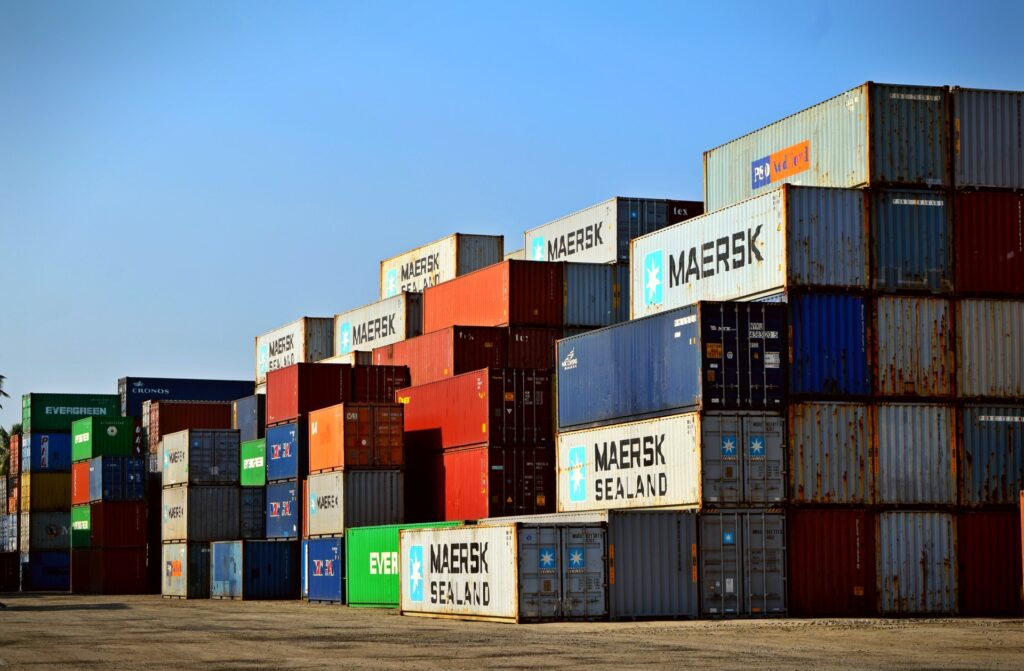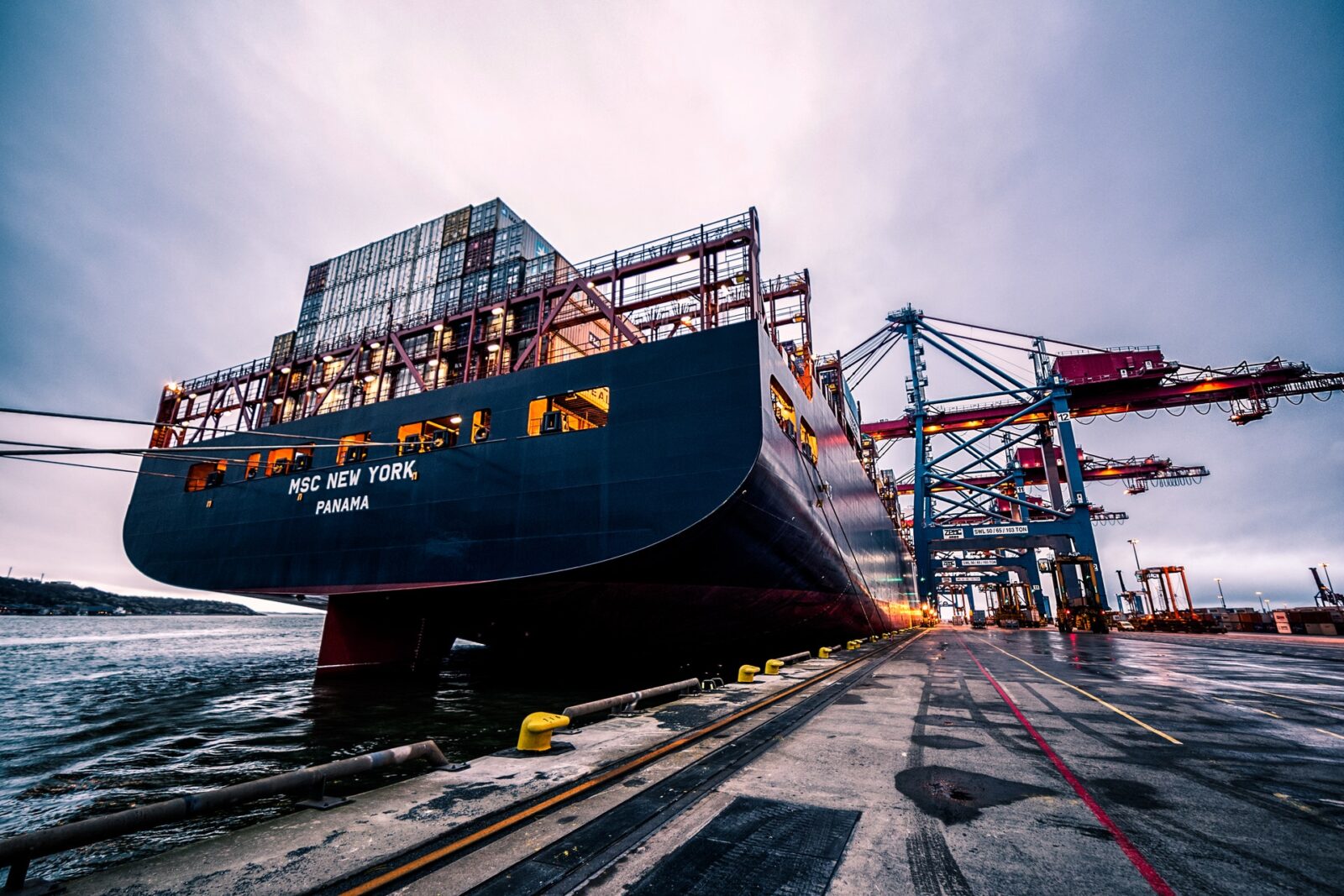The supply chain is a process that encompasses all the activities (e.g., procuring, warehousing), which enables a firm to deliver a final product to its end customers. It is an integral part of a business that paves the way for revenue generation. Increasing complexity at both local and global levels of the supply chain has drastically slashed the margin for error. The cutting-edge competition in the era of digitalization has enforced to maximize productivity and to minimize uncertainty in real-time. Thus, leveraging artificial intelligence and machine learning in the supply chain process is the need of the hour.

AI-driven tools function to make the process devoid of uncertainty and inefficiency. The devices are potential survivors to strive through pandemics like Covid-19. According to the “Organization for Economic co-operation and development (OCED), the pandemic could cut global economies to half.” Preventive actions like restrictions on travel and countrywide lockdowns have added to the impact on businesses. Supply chains have got disrupted at both local and global levels, which has halted critical business operations. According to the “Institute for supply chain management,” nearly 75% of firms reported few forms of distortions in the supply chain as an impact of the pandemic. Firms can overpower these scenarios by deploying increased levels of automation that AI-driven system brings in.
REAL-LIFE EXAMPLES OF SUPPLY CHAIN ANOMALIES

There are various scenarios wherein distortion occurs in the process of supply chain management. Below are a few real-life examples of the same.
- The product has been dispatched way before the warehouse’s scheduled date, but the intended customer hasn’t received it.
The above anomaly can lead to a higher rate of customer dissatisfaction. The cutting-edge competition has imposed challenges to attract and retain customers wherein such distortions can affect massively.
- There is an order placed in bulk, but there is a sudden situation of stockout.
The above scenario can degrade a firm’s image drastically in the market. In present times of cutting-edge competition, a firm needs to sustain and upgrade its market image.
- The stocked items got spoiled due to the ordering of excessive units of objects.
Nevertheless saying, such scenarios will cost a deep cut on financial structure. Few solutions to this can be maintaining an accurate order management system and deploying affordable storage conditions to prevent spoilage.
DETECTION OF SUPPLY CHAIN ANOMALIES USING AI
Approach 1 – “Multivariate statistical analysis.”
- Dimensionality reduction: Various variable reduction techniques are PCA and factor analysis. Although there will be some data loss, it will help to retain the most critical variables. After obtaining the vital variables, one can employ data visualization to dig anomalies accurately.
- Multivariate anomaly detection: In this process, we’ll first calculate probability distribution, i.e., P(x). Further, to test a new data point, i.e., “y,” we will need to compare it against a threshold, i.e., P(y) < r wherein r is the threshold. If the calculated value is less than the threshold, then we can consider it as an anomaly.

Approach 2 – “Artificial neural network.”
- Autoencoder network: Its usage is to compress the records to a lower dimension. It captures correlation and interactions (both in a linear and non-linear way) between various variables. Initially, it gets trained on values of the normal state. Further, we use the process followed in multivariate anomaly detection to test for new data.
BUSINESS BENEFITS OF DEPLOYING AI IN SUPPLY CHAIN
- Accuracy in inventory management– AI-driven tools ensure the right flow of products both in and out of the warehouse. The accuracy in this process prevents overstocking, in-adequate stocking, and situations of unexpected stockouts. The AI system can quickly analyze the enormous amount of data, facilitate supply and demand values both in the present and forecasted terms, and discover new customer habits.
- Safety enhancement: It can analyze the workplace’s safety data to predict any possible risk. It helps to deliver optimization capabilities such as accurate capacity planning, improved productivity, higher quality, and lower cost, all under safer working conditions.
- Reduction in operational cost: The automated process of operations can work for longer durations being error-free. Deployment of warehouse robots can provide more incredible speed and accuracy, allowing higher levels of productivity.
- Warehouse efficiency– The tools and system ensure a timely retrieval (from the warehouse) to delivery (customers). It speeds up the process and reduces warehouse staff’s need and cost by bringing in a significant amount of automation.

CHALLENGES OF DEPLOYING AI IN SCM
- System complexities: The cloud-based systems (AI-driven systems are cloud-based) require exponentially high bandwidth. It requires specialized hardware to access AI capabilities that demand both cost and other investments.
- Scalability factor: Although the AI-driven processes are highly scalable, it requires initial efforts in integrating systems. The supply chain partners and AI service providers will have to discuss in depth to choose the best fit as per the business requirement.
- Training cost: The initial level of training will require investments in terms of both time and money. Thus, it is essential to draft a training solution that is impactful yet affordable.
- Involvement of operational cost: The AI-based infrastructure is a network of individual processors that requires maintenance and replacement from time to time. The increased fee will inevitably impact overhead expenses.
In this article, we have seen the real-life distortions in supply chain management and how it can be overpowered by leveraging AI. We also saw different artificial intelligence-based anomaly detection techniques that firms can deploy. The later sections are throwing light on the benefits and unpresented challenges imposed by incorporating the system. Thus, all of this points to the fact that leveraging AI-based supply chain management techniques is vital. It still requires a trade-off analysis between its benefits and shortcomings at initial levels.
*****
About the author: I am currently working as a data scientist with around 2-3 years of experience in analytics. Alongside my job, I own a blog and also write for business websites. I like to read books, listen to some good music, explore places to travel, and, most importantly, “dream” in my free time. One can connect with me: here








